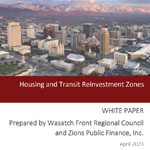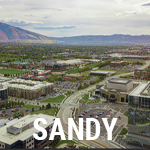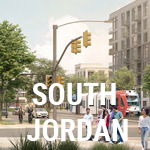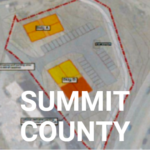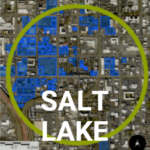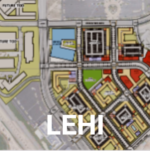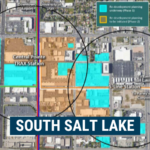A Housing and Transit Reinvestment Zone (HTRZ) enables a portion of incremental tax revenue growth in an area around a transit station to be captured over a period of time to support costs of development in the area. HTRZs are designed to help Utah tackle its housing crisis by facilitating mixed-use, multi-family and affordable housing development within a given radius of light rail, bus rapid transit, or commuter rail stations.
Communities may work in coordination with development partners for an HTRZ proposal and may utilize funds in the HTRZ area for income-targeted housing costs, structured parking, and other development costs. The proposal, which must include the following requirements, is also subject to an independent gap analysis and approval by the HTRZ committee:
- Requires that a percentage of housing units in the development are affordable
- Must promote certain transit-oriented community objectives
- Limits the tax increment capture by radius, total acres, and number of years
- Requires that zoning must be in place before approval
Housing and Transit Reinvestment Zones were first authorized in the 2021 General Legislative Session by Senator Wayne Harper and Representative Steve Handy. The bill has been amended in subsequent years to expand eligibility to different types of transit, limit the number of allowable HTRZs, change committee membership, and provide additional clarification. The following are relevant HTRZ legislation and statutory references.
WFRC, in conjunction with Zions Bank Public Finance, produced a white paper on the process, requirements, and intent behind Housing and Transit Reinvestment Zones
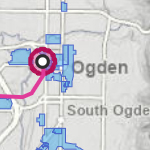
This map illustrates commuter rail, light rail, and bus rapid transit stations with their corresponding radius areas eligible for an HTRZ.

The Governor’s Office of Economic Opportunity (GOEO) has been tasked with administering the HTRZ program. For questions on proposals, please contact Allison James Garcia, Program Specialist of Incentives and Grants at GOEO.

